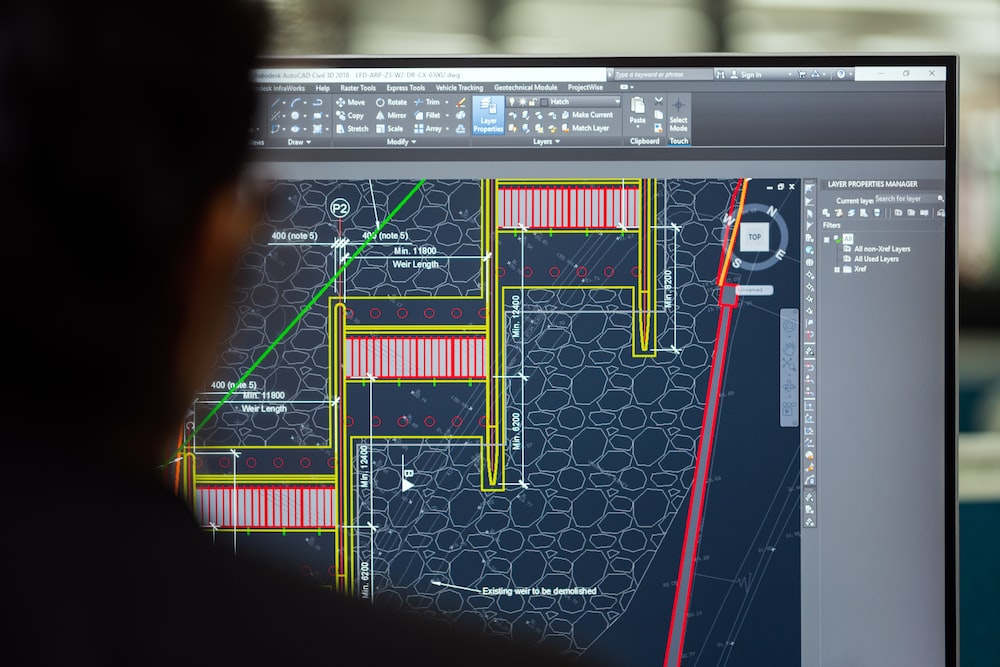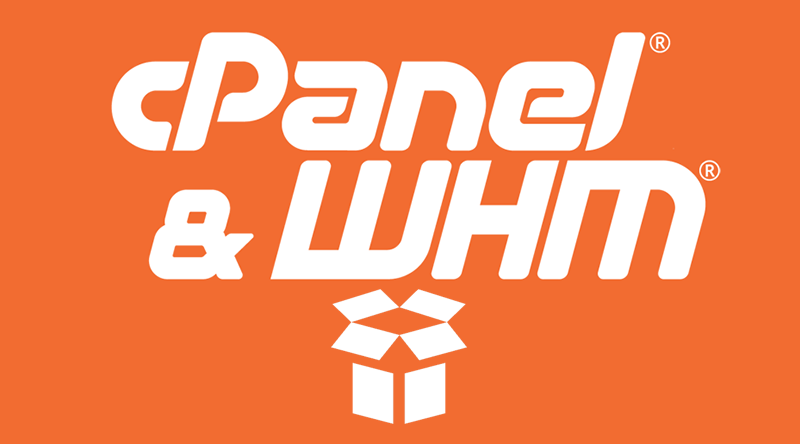How does the SDLC help in documenting and tracking identified risks?

The SDLC provides a framework for documenting and tracking identified risks throughout the software development process. Here’s how the SDLC helps in this regard:
Risk identification: The SDLC emphasizes the identification of risks during various phases of the software development process. When a risk is identified, it should be documented in a systematic manner. This includes capturing details such as the nature of the risk, its potential impact on the project, the likelihood of occurrence, and the factors contributing to the risk.
Risk documentation: The SDLC promotes the documentation of identified risks in a centralized repository or risk register. This repository serves as a comprehensive record of all identified risks, ensuring that they are not overlooked or forgotten. Each risk entry should include relevant information, such as its description, associated project phase, severity, priority, and assigned ownership.
Risk assessment and prioritization: The SDLC helps in assessing and prioritizing risks based on their potential impact and likelihood. The identified risks can be evaluated using qualitative or quantitative methods to determine their significance. This assessment allows the development team and stakeholders to prioritize risks and allocate appropriate resources for risk mitigation.
Risk mitigation strategies: The SDLC supports the formulation of risk mitigation strategies. Once risks are identified and assessed, mitigation plans can be developed to address each specific risk. The mitigation strategies should outline the actions, controls, or measures to be implemented to reduce the probability or impact of the risk. These strategies are also documented in the risk repository for reference.
Risk tracking and monitoring: Throughout the software development process, the identified risks should be actively tracked and monitored. The risk repository serves as a central point for tracking the status of each risk, including updates on mitigation efforts, progress, and any changes in risk severity or priority. Regular reviews and updates are conducted to ensure that the risk information remains current and accurate.
Risk communication: The SDLC promotes effective communication and collaboration among the development team, stakeholders, and other relevant parties. Risk-related information, including the identified risks, mitigation strategies, and their status, should be communicated to the appropriate stakeholders. This ensures that everyone involved in the project is aware of the risks and their mitigation efforts.
By following the SDLC, risks are not only identified but also documented, assessed, prioritized, and actively tracked throughout the software development process. This systematic approach helps in maintaining visibility and control over the identified risks, enabling the development team and stakeholders to make informed decisions, allocate resources effectively, and take appropriate actions to mitigate the risks.



















